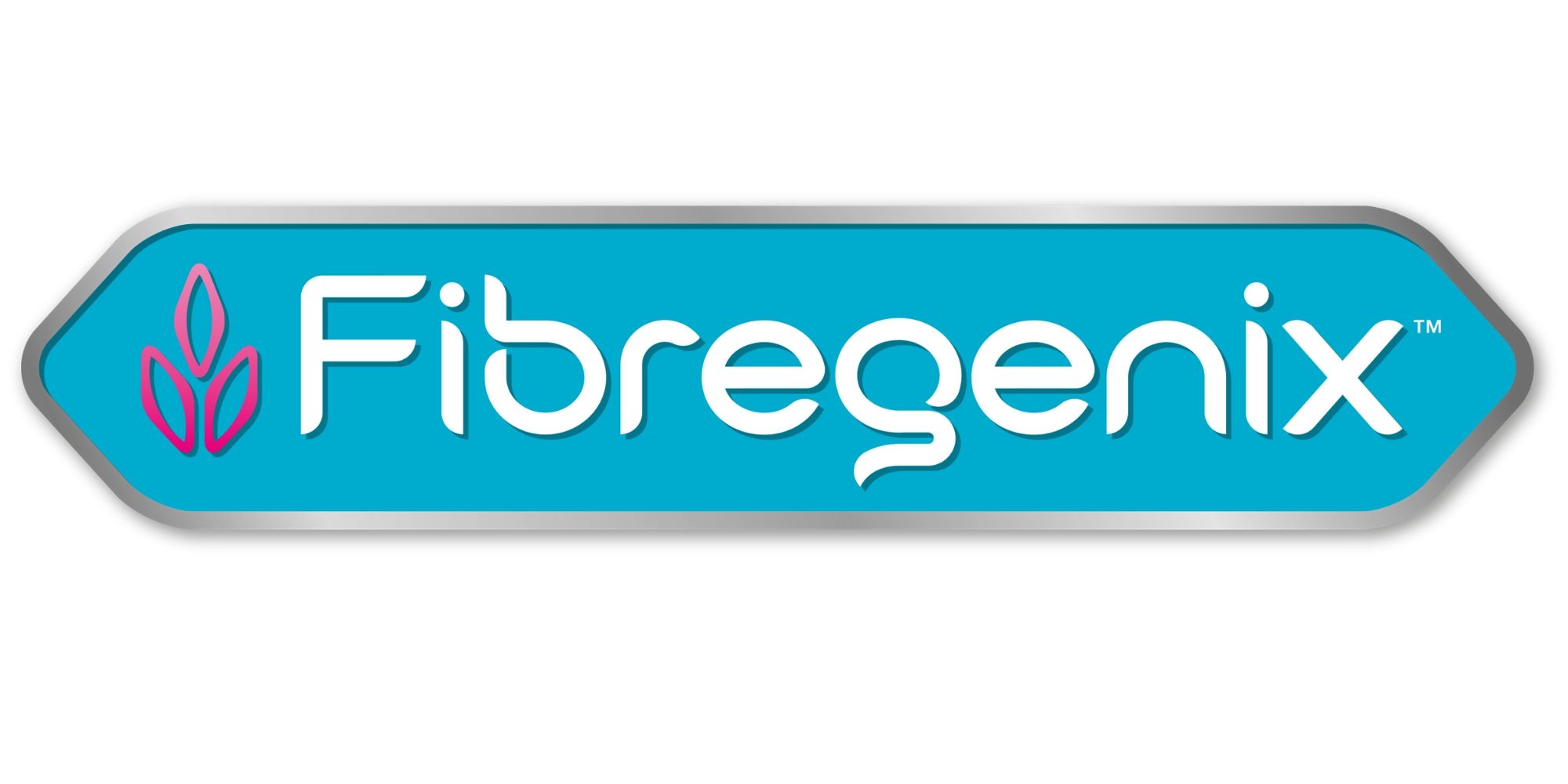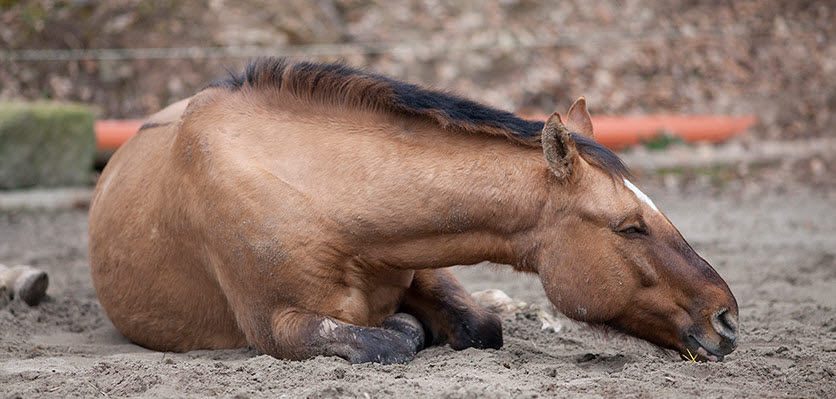Understanding Horse Colic
Understanding colic and knowing how diet management can help prevent it is fundamental for your horse’s health. Furthermore, today’s surgical advances have made it a viable option for some, with improved recovery rates compared to 10 years ago. However, it’s still the nightmare of every horse owner as it remains the leading medical cause of death in horses. Colic is loosely defined as abdominal pain and may range from mild to life-threatening. It can fall into a variety of categories, depending on the specific underlying cause.
Understanding Horse Colic – 4 Common Types
Impaction – caused by a blockage in the intestine
Spasmodic – Characterised by increased intestinal contractions
Tympanic (gaseous) – A build-up of gas in the intestine
Sand – Inflammation or blockage of the intestine resulting from ingested sand
Understanding colic symptoms – what are they?
- Sweating
- Kicking or biting at the stomach
- Lying down or rolling repeatedly
- Uncomfortable, reluctance to eat
- Reduced or no passing of droppings
- Lack of gut noises
- Excessive gut noises/gurgling.
IMPORTANT: If you suspect that your horse has colic, contact your vet straight away.
Understanding colic risk factors
1. Meal Size
Larger meals move more quickly through the digestive system meaning the horse is less able to fully utilise the feed. This increases the risk of starch and sugars over-spilling into the hindgut. For this reason, you should limit your horse’s meal size to 0.4kg per 100kg bodyweight.
2. Dietary Changes
When it comes to understanding colic, dietary change is the strongest and most consistently reported risk factor. These can be changes in batch or type of forage or concentrate. Management changes, eg stabling and turnout time. Quantity and frequency of feeding – all can be associated with an increased risk.
The risk is significantly higher two weeks after a change in forage and/or concentrate feed. And with multiple changes in either throughout the year, it increases the risk further.
Adapting to a new concentrate or forage feed, is now thought to take a minimum of three weeks. Particularly if there’s a significant difference in the protein, starch and/or sugar level. As such, it’s recommended you make feed changes slowly over 2 – 4 weeks to reduce the challenge to the gut.
3. High Levels of Cereals or High Starch Feeds
Feeding your horse more than 5kg of concentrates per day has been associated with a greater than 6 times increase in colic risk. This includes diets containing more than 2.7kg of oats. Unfortunately, horses on high starch or cereal diets are often further compromised by having less than ideal forage intake. Additionally, they may have restricted turnout time and undergo higher levels of exercise.
Cooking cereals by micronisation or extrusion gelatinises the starch content. This is said to improve utilisation in the foregut which reduces the risk of undigested starch entering the hindgut.
4. Forage
It’s generally found that a recent change in forage is more harmful than a recent change in grain or concentrate. This is probably because forage represents the largest part of the diet. There’s also, unsurprisingly, an increased risk associated with forage of poorer nutritional and hygienic quality, along with limited grazing.
5. Hydration Levels
Dehydration is one of the most common causes of colic for horses that are travelling and working hard. Dehydration compromises the bacterial population, normal gut function and motility, which emphasises the importance of electrolyte supplementation in working horses.
Understanding horse colic risk periods
Changes in management tend to occur simultaneously with the seasons, typically autumn and spring. This is when the risk of colic may be increased. A change in forage (grass/hay/haylage) can increase the risk most significantly, Therefore it’s important that you’re aware of practices that can help reduce this:
Spring
Typically a time of transition from hay/haylage to grass, which represents a major change in moisture and fibre levels. The fibre content in spring grass is much lower than in hay or haylage. This makes it a major change for the horse’s digestive system to cope with.
- Introduce to spring pasture slowly and/or increase turnout time gradually.
- Continue to offer hay/haylage in the paddock. Alternatively, bring the horse in for a few hours with access to hay/haylage to boost fibre intake levels.
Autumn/winter
Similarly to spring, the main consideration is a change in moisture content, as well as a change in nutrient levels.
- Again, the main defence is to make the forage changeover gradual. Where possible, it should ideally be over 3 – 4 weeks.
- Damping hay will ease the transition from grass, with its high moisture content, to hay with low moisture content. With haylage – this may be less of a concern as the moisture content is higher than that of hay.
- The grass will always provide significantly more nutrients than hay/haylage. So you need to be aware of this and make changes over a long period of time.
General Feeding Recommendations
- If you’re feeding cereals, only use cooked cereals. Preferably micronised or extruded to make their starch content more digestible. Oats are the exception as they’re generally fed “raw” and they’re easily chewed. Their simpler starch structure is also more easily digested than other cereals.
- Make any dietary changes slowly over 2 – 4 weeks.
- Feed plenty of fibre. Fibre helps maintain a healthy microbial population and pushes out any excess gas which sits in the gut. It also increases pH of hindgut compared to starch and retains water which will reduce incidence of dehydration.
- Keep meal sizes small.
- Where possible, keep starch and sugar levels low.
- Feed digestive enhancers eg those found in Fibregenix balancers, during high-risk periods.
Feeding Recommendations – Tympanic (gaseous) Colic
- Hay is preferable over haylage products which, like grass, ferments more quickly in the hindgut producing more gas.
- Take care with access to spring or rich pasture.
- Avoid long spells of inactivity and keep your horse moving to encourage gut motility. Exercise and turnout on poorer grazing, so he has to move about to “search” for grass.
- Where possible, provide ad-lib forage. Keeping the fibre moving through the gut helps to remove gas.
- For good-doers, divide the hay into small rations throughout the day to keep forage passing through. Small-holed nets will extend eating time and keep the horse moving/foraging.
- Avoid feeds that ferment more quickly and therefore produce more gas in the gut. Feed meadow hay – not too soft and green but also not too stalky and fibrous – instead of haylage.
Feeding Recommendations – Impaction Colic
- With any sort of impaction colic, dental health is always an essential consideration. This can’t always be helped, particularly with the older horse. So make sure that any fibre sources you feed your golden oldie are easy to manage.
- Another contributing factor can be a lack of water intake/moisture in the diet. Monitor this by using buckets in preference to automatic feeders. This can be of particular concern during the winter when horses tend to drink less.
- Plenty of water and physical movement (e.g. turnout and/or exercise) helps to promote gut motility, keeping things moving.
- If feeding hay, ensure it’s soft and digestible. Haylage can be an option as it’s typically more digestible. Grass is the most suitable forage as it’s the most digestible of all.
Understanding horse colic and feeding after colic surgery
If major resections have occurred, the subsequent diet should take account of the remainder of the gut. Therefore the feeding regime depends on the type of surgery performed. If less than 50% of the small intestine is removed, usually no special requirements are necessary. However, the site of the surgery in the hindgut and amount of gut removed influences the choice of diet.
For hindgut resection:
- As the hindgut is primarily responsible for fibre digestion, if it’s been compromised, forage and pasture must be of good quality. So choose soft leafy earlier cut hay, which is easier to digest, rather than coarser later cut.
- If necessary, provide additional good quality fibre sources in a separate bucket as forage alternatives.
- Feed the recommended amount of an appropriate compound feed or Fibregenix balancer to provide a fully balanced diet.
- Bacteria in the hindgut are the horse’s principal producers of B vitamins. Colic and/or surgery are likely to compromise the microbial population and therefore the supply of these important vitamins. Supplementing with a probiotic and prebiotic can help restore the bacterial balance. A Fibregenix balancer is ideal as it contains superior forms of pre and probiotics. Furthermore, it’ll provide a useful B vitamin boost along with a range of key minerals and trace elements.
For small intestine resection:
- This is where starch and sugar are digested and absorbed. When this has been compromised, dietary starch and sugar levels need to be kept as low as possible to start with. This means it’s best to avoid mixes so look for feeds which contain reduced amounts of starch.
- Soaked high fibre feeds eg Speedibeet beet pulp
If the ileum is affected:
This part of the small intestine is where most of the absorption of fats and fat-soluble vitamins takes place. Such as vitamins A, D and E. Calcium is also absorbed here and vitamin D influences the efficiency of calcium uptake. Therefore any problems in this area may have a knock-on effect on the horse’s metabolism.
- If compromised, the vet may need to inject these vitamins and dietary levels of calcium may need adjusting/increasing.
- Avoid coarse forages, even after full recovery.
If the ileum is unaffected:
Feed oil as a concentrated source of calories to help keep meal sizes small.
NOTE: For any resections try to provide small concentrate meals and keep feeds as digestible as possible.
Reviewed and amended Feb 2022

